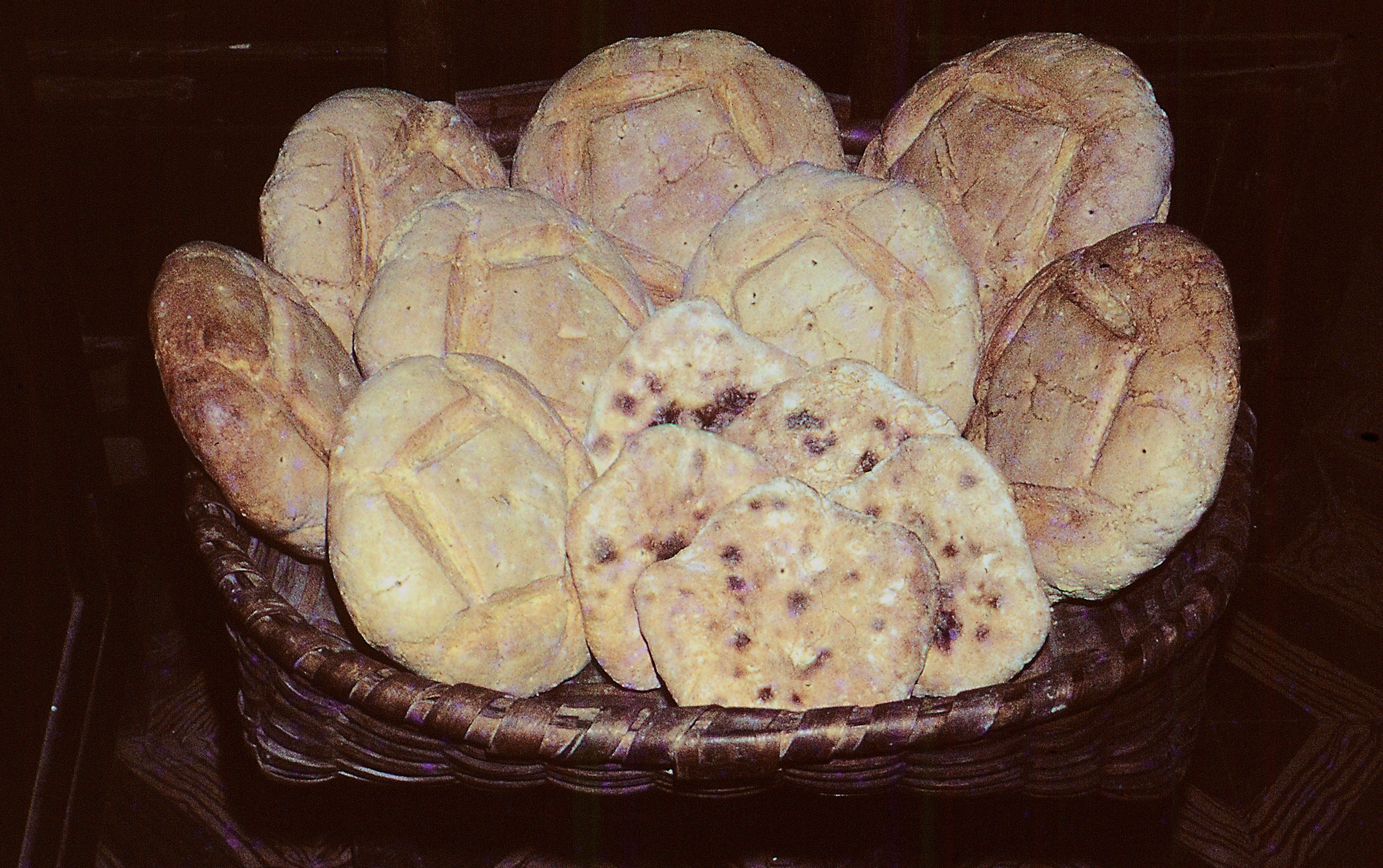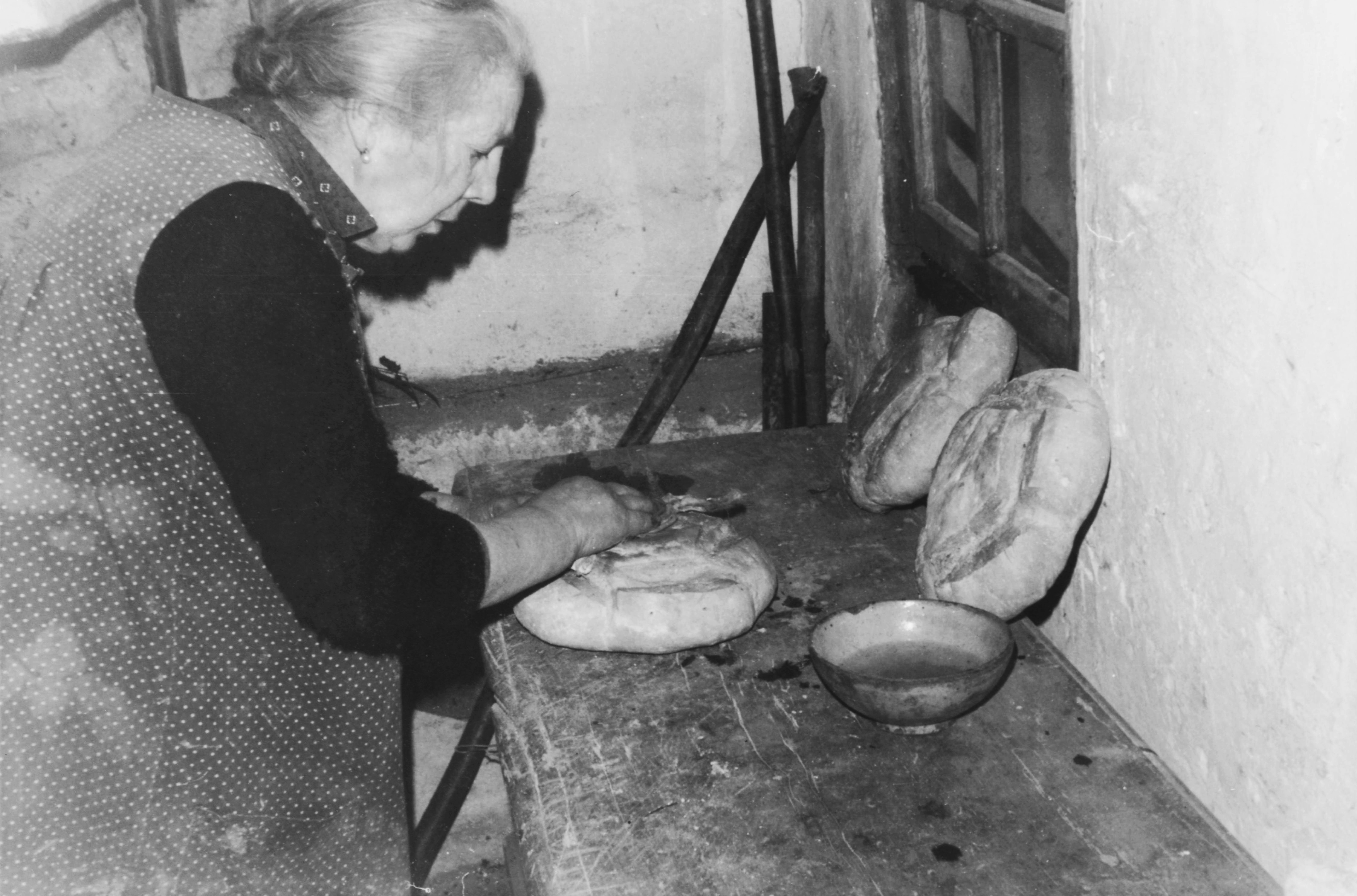Archives

Homemade batch of bread. Ander Manterola.
In a previous post, published on 20 July 2018, we began to tell the story of bread and shall now pick up where we left off.
Once grown and harvested, wheat grain was stored in large chests (kaxak) with a capacity of 7 or 9 bushels, more often than not made from wild (eztitzaga) chestnut wood, until it was taken to the mill to be ground into flour. Next came the making and baking of bread, a task traditionally reserved for women. (more…)
We buy and sell goods or provide and receive services by exchanging money. We do it every day. Trade and service delivery are part of the consumer society we live in and an essential driver for economic development.
In the traditional world, and particularly in rural areas where once in the past monetary transactions hardly ever occurred, bartering and provision of assistance among neighbours and relatives was customary. Human relationships were built upon mutual give and take. (more…)


